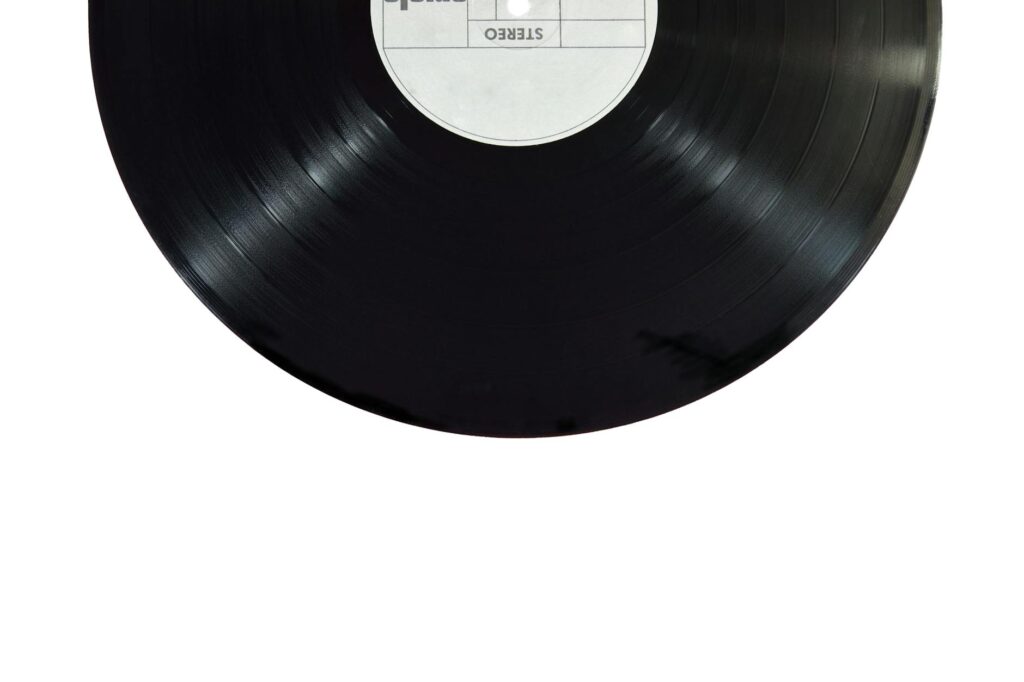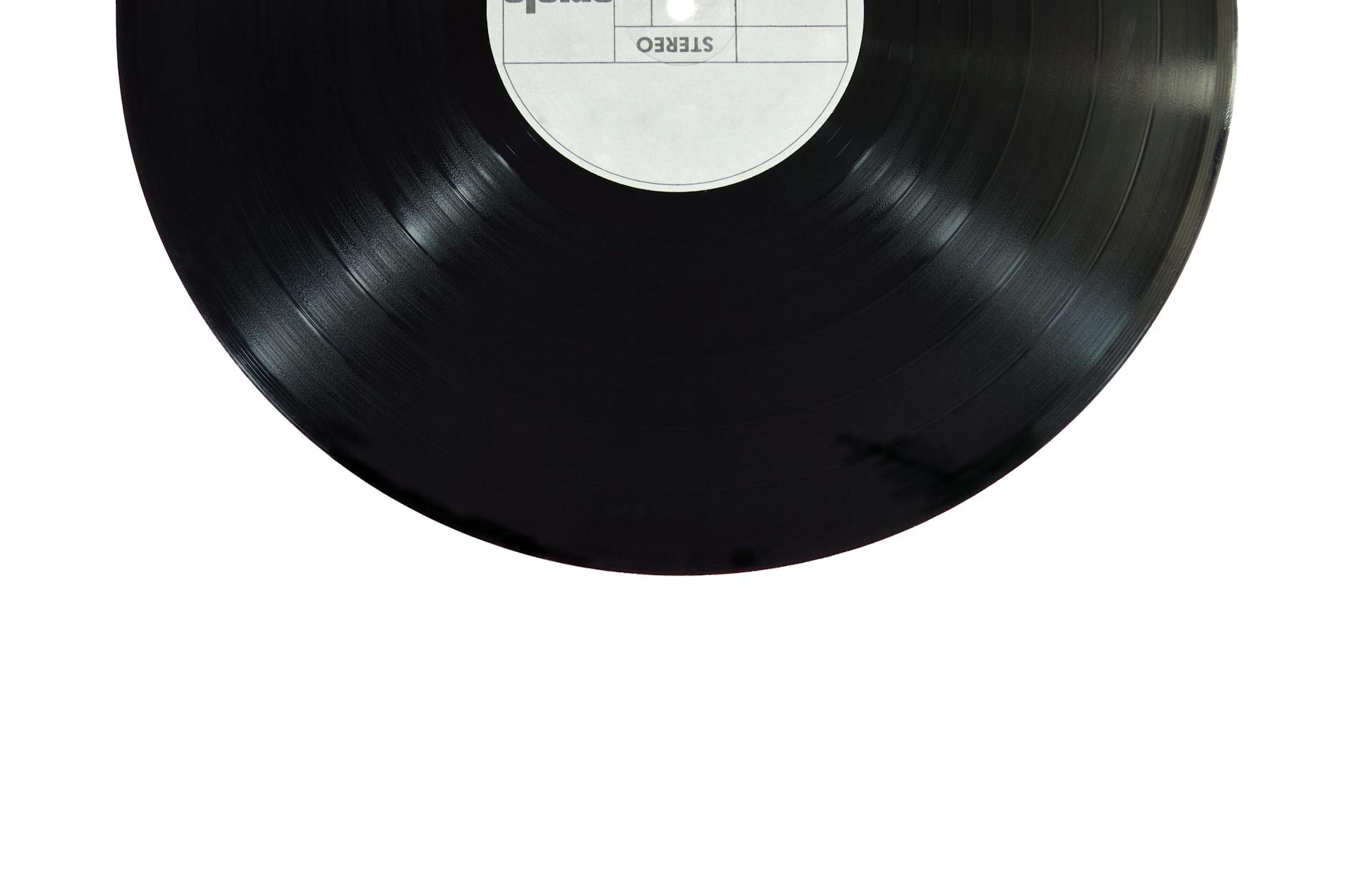What is audio cues?

What is audio cues?
Audio cues permeate our daily lives, subtly guiding our actions and decisions. From the chime of a notification to the soft background music that enhances focus, these auditory signals play a crucial role in how we navigate both personal and professional environments. Understanding audio cues can help us harness their power to boost productivity and enhance our overall well-being.
Defining Audio Cues
At their core, audio cues are specific sounds or auditory signals that provide context, emphasize moments, or prompt actions. Whether they are simple alerts or complex soundscapes, audio cues serve as essential tools for communication in various media. They help to convey information quickly and effectively, often without the need for visual input.
For example, think of the familiar ding that signifies a new email. This sound prompts you to check your inbox, reinforcing your awareness of incoming messages. According to Cambridge Dictionary, these cues can take many forms, from musical notes in films to alerts in video games.
Types of Audio Cues
There are several categories of audio cues, each serving distinct purposes:
- Alerts and Notifications: These are short sounds designed to grab attention quickly, like alarm bells or message pings. They signal the need for immediate action or awareness.
- Background Sounds: These sounds enhance an environment without being intrusive. For instance, soft music in a café can create a relaxed atmosphere and improve focus.
- Transitions in Media: In film or theater, audio cues often mark scene changes or emotional shifts. They guide the audience’s emotional response by providing context.
Characteristics of Effective Audio Cues
Not all audio cues are created equal. Effective audio cues share common characteristics:
- Clarity: The sound should be distinct and easily recognizable, reducing the chance of confusion.
- Timing: Cues should be delivered at appropriate moments to ensure maximum impact, like a heartbeat sound in a dramatic scene.
- Context: Effective cues resonate with their environment. For example, a gentle chime may suit a spa, while a loud siren is more fitting for emergency situations.
The Role of Audio Cues in Productivity
Audio cues can significantly enhance or hinder productivity. When used wisely, they can maintain focus and provide timely reminders, but poorly designed cues can lead to distractions.
Positive Impacts of Audio Cues
When used strategically, audio cues can help you stay organized and focused. For example, using a specific sound to signal the start of a work session can mentally prepare you, creating a boundary between work and relaxation. Research shows that auditory cues can improve tracking performance, as highlighted in this NCBI study.
Additionally, reminders through audio cues can enhance task completion rates. Imagine hearing a soft tone that reminds you to take a break or switch tasks. This gentle nudge can keep you on track without overwhelming your senses.
Negative Impacts of Audio Cues
On the flip side, audio cues can become distractions. Constant notifications from your phone can interrupt your thought process and derail your productivity. Poorly timed or unclear sounds can create frustration rather than enhance focus. It’s essential to find a balance in how frequently and how loudly these cues are presented in your environment.
Implementing Audio Cues in Daily Life
Integrating audio cues into your daily routine can enhance your productivity and overall well-being. Here are practical tips for doing just that.
Choosing the Right Audio Cues for Tasks
Selecting appropriate audio cues is crucial. For example, if you’re working on creative tasks, softer, melodic background sounds can stimulate your imagination. In contrast, a more upbeat tempo might be beneficial during physical tasks to energize you. It’s all about experimenting and finding what works best for you.
Creating a Balanced Audio Environment
To cultivate an optimal environment, consider these tips:
- Limit Distractions: Turn off unnecessary notifications. The fewer interruptions, the better your focus.
- Layer Sounds Wisely: Combine background music with subtle audio cues. For instance, playing ambient music while using a timer sound for breaks creates a structured yet relaxing atmosphere.
- Use Task-Specific Cues: Designate specific sounds for different tasks. For instance, using a particular tone to signal the end of a task can help create a rhythm in your workday.
The Future of Audio Cues
As technology evolves, so does our relationship with audio cues. Emerging trends indicate exciting developments on the horizon.
Advances in Technology and Their Impact
Artificial intelligence and smart technology are revolutionizing audio cues. Personalized soundscapes can adapt to your preferences, creating an immersive experience tailored to your needs. The rise of devices that respond to voice commands, like smart assistants, showcases how audio cues can enhance user experience significantly.
In the workplace, companies are exploring how sound can improve collaboration while reducing noise distractions. This Interface survey emphasizes the importance of acoustics in boosting productivity.
Potential Applications in Various Fields
Audio cues are set to play a critical role in various sectors:
- Education: Imagine classrooms where teachers use audio cues to signal transitions between activities, enhancing engagement and focus.
- Remote Work: Virtual environments could benefit from tailored soundscapes that help maintain concentration while mitigating feelings of isolation.
- Mental Health: Integrating calming audio cues in therapeutic settings may support relaxation and mindfulness practices.
Conclusion
Audio cues are more than just sounds; they are powerful tools that can enhance productivity and improve our daily experiences. By understanding how to effectively implement and optimize audio cues, we can create environments that promote focus and well-being. Whether at work or home, these auditory signals can help us maintain a healthy work-life balance, making them an essential aspect of modern living. Embrace the potential of audio cues to enrich your life today!

Photo by Miguel Á. Padriñán